Ark of Bukhara
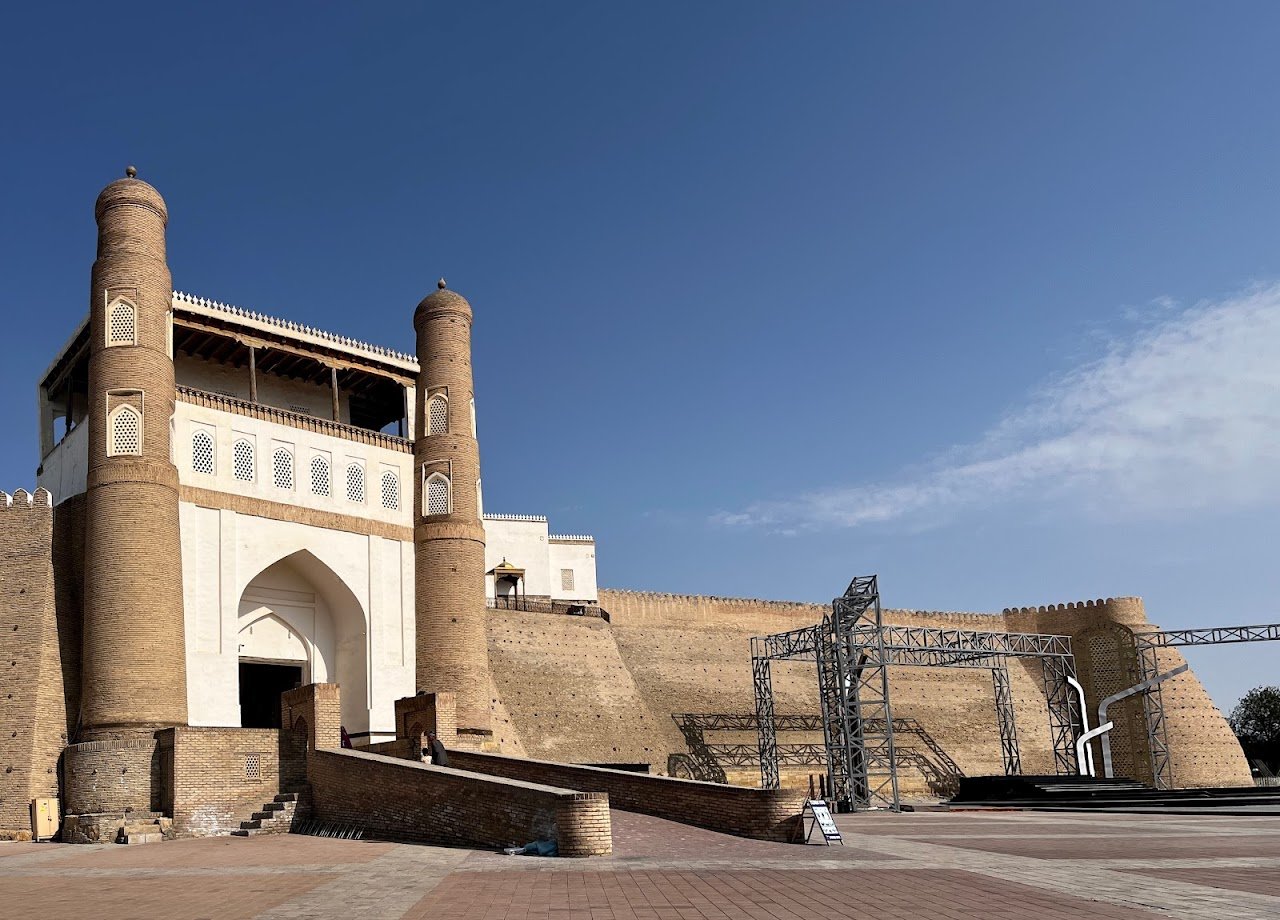
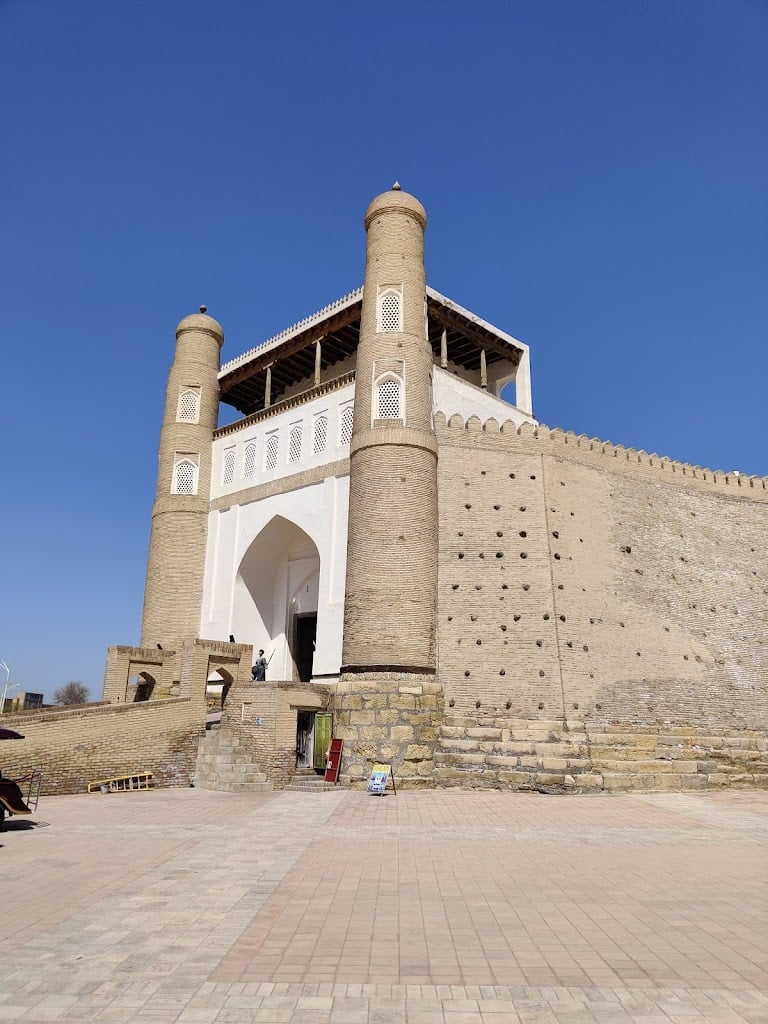
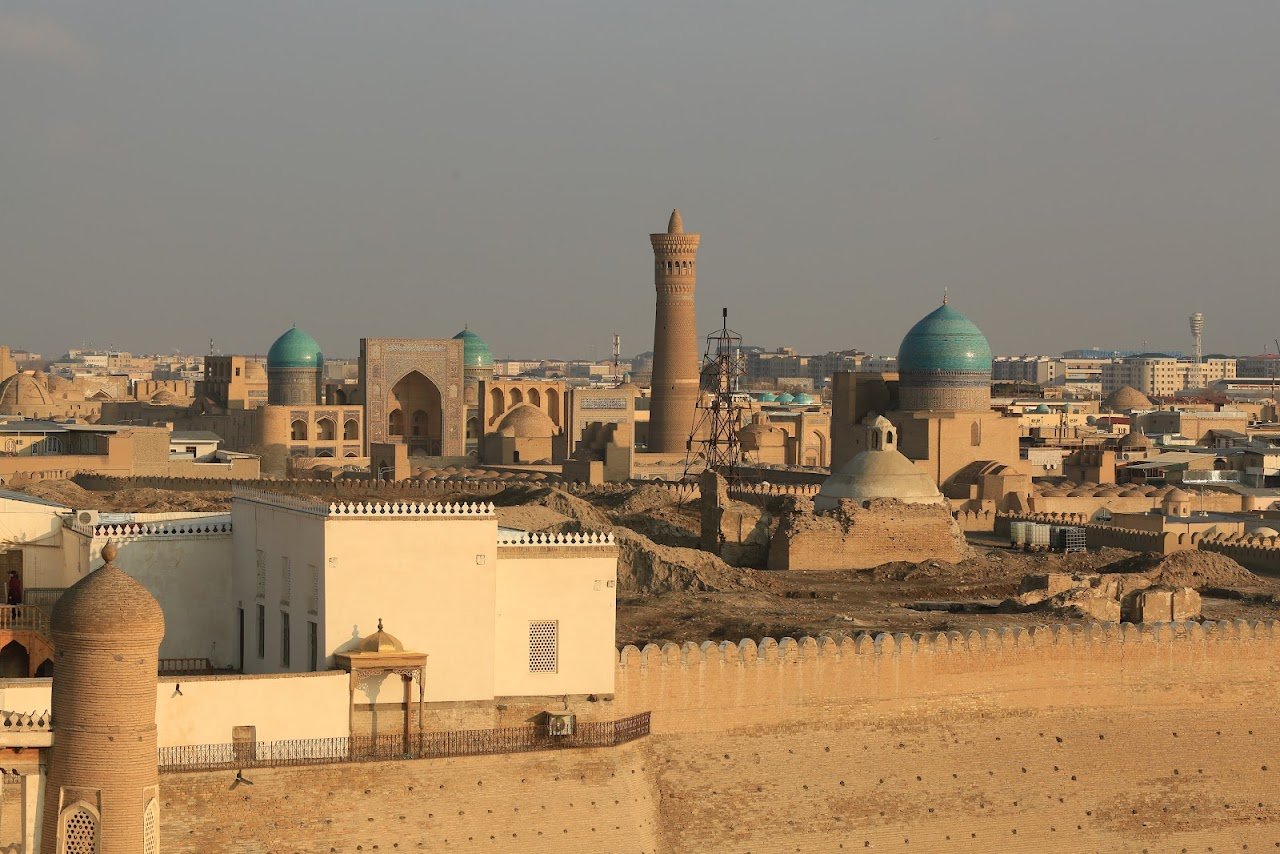
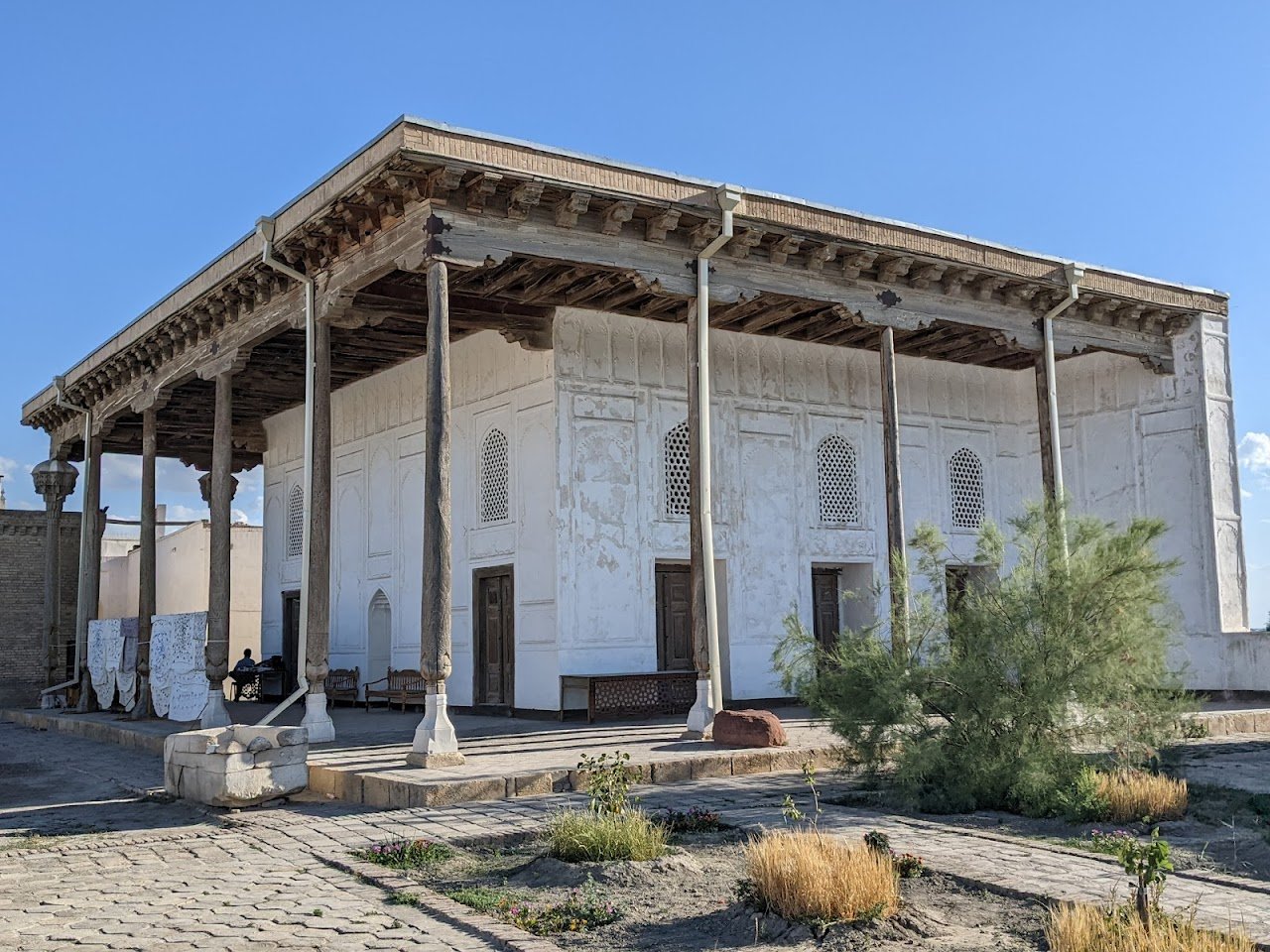
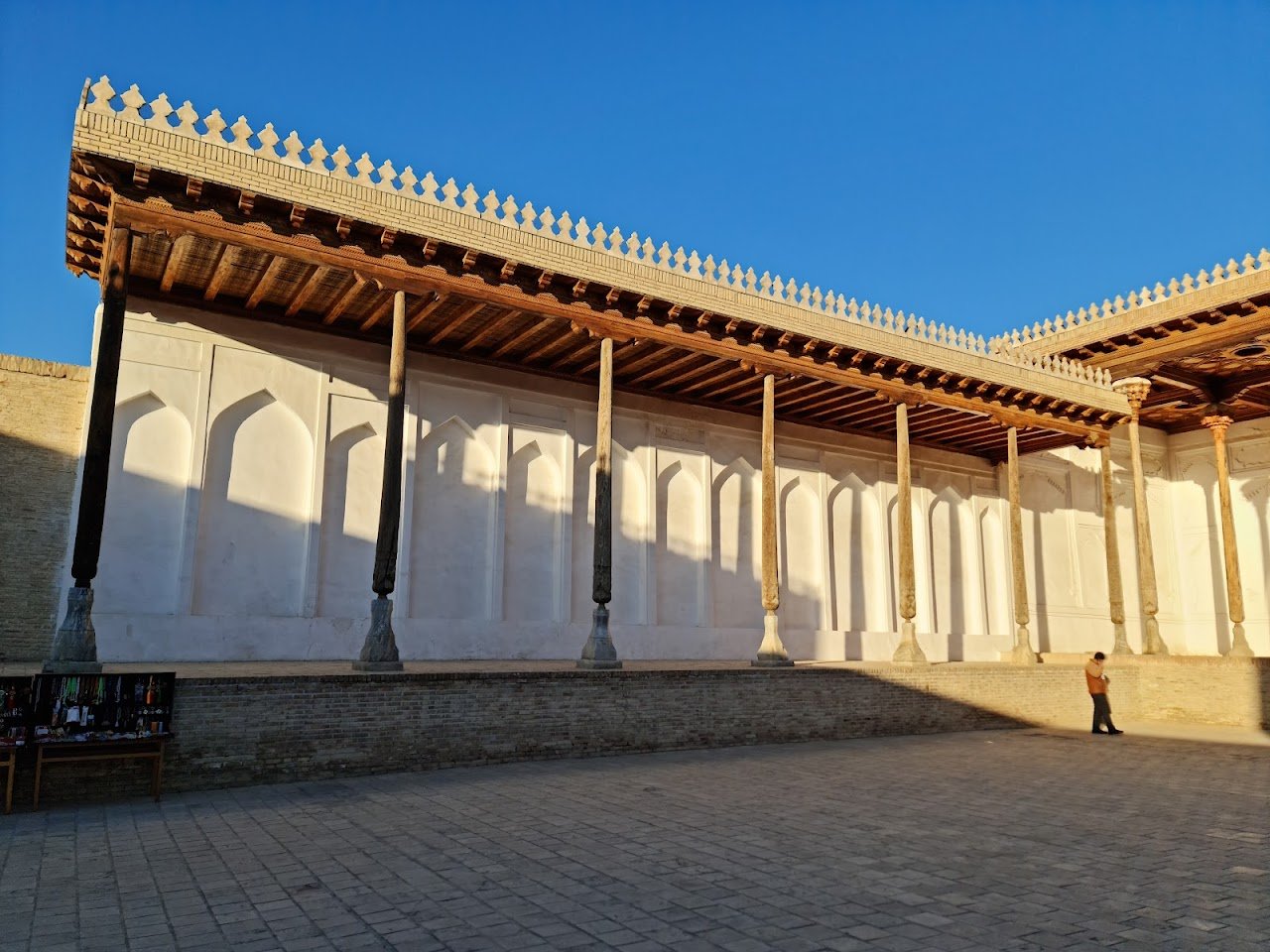
Ask ThatchGPT
Suggest a local expert to plan my trip
Suggest an unique itinerary for my Bukhara trip
What foods do Bukhara locals eat
What are some true hidden gems in Bukhara
Help me brainstorm trip ideas for Bukhara
Help me plan a family-friendly trip to Bukhara
What people say
Pedro Pereira
Available for hire
"For centuries, the Ark of Bukhara has reigned supreme as a powerful symbol of Uzbekistan's historic city, Bukhara. Its origins stretch far back, with construction beginning in the early 5th century AD, making it one of the oldest surviving structures in Central Asia.
Initially, the Ark served a defensive purpose, acting as a formidable military fortress guarding the city from invaders. Over time, its role evolved. It transformed into the seat of power, housing the royal palace and administrative buildings, solidifying its position as the heart of Bukhara. The Ark also encompassed a large mosque, reflecting the inseparable nature of political and religious authority during that era.
The Ark reached its zenith during the 16th and 17th centuries under the reign of the Shaybanid dynasty. This period witnessed significant expansion and beautification. Grand palaces, courtyards, and administrative buildings were constructed, transforming the Ark into a flourishing center of power. It attracted scholars, artists, and artisans, further enriching Bukhara's cultural tapestry.
However, the 19th century marked a shift in the Ark's fortunes. The rise of the Russian Empire chipped away at its power and influence. The situation worsened after the Russian Revolution, with the Ark losing its political significance altogether. Neglected under Soviet rule, it fell into disrepair.
Fortunately, since Uzbekistan gained independence, significant efforts have been dedicated to restoring and preserving the Ark. Today, it functions as a museum complex, offering visitors a window into Bukhara's glorious past. The complex encompasses various sections, including remnants of the royal palace, the Juma Mosque (one of Bukhara's oldest mosques), and captivating exhibits showcasing artifacts, weaponry, and artwork that whisper tales of Bukhara's bygone era.
The Ark of Bukhara stands proudly as a UNESCO World Heritage Site, a testament to the city's historical and cultural significance. Despite facing the passage of time and various transformations, the Ark remains an enduring symbol of Bukhara's legacy as a center of power, culture, and religion."
Read more in:
Mentioned in these guides
About Ark of Bukhara
Get the inside scoop on Ark of Bukhara from local experts, travel creators, and tastemakers. Browse genuine trip notes, Ark of Bukhara reviews, photos, travel guides, and itineraries from real travelers and plan your trip with confidence.
Phone
Save this spot for later or start mapping out a new trip today
Try our AI Travel Assistant and get instant answers to any questions about your trip.
Ask ThatchGPT

